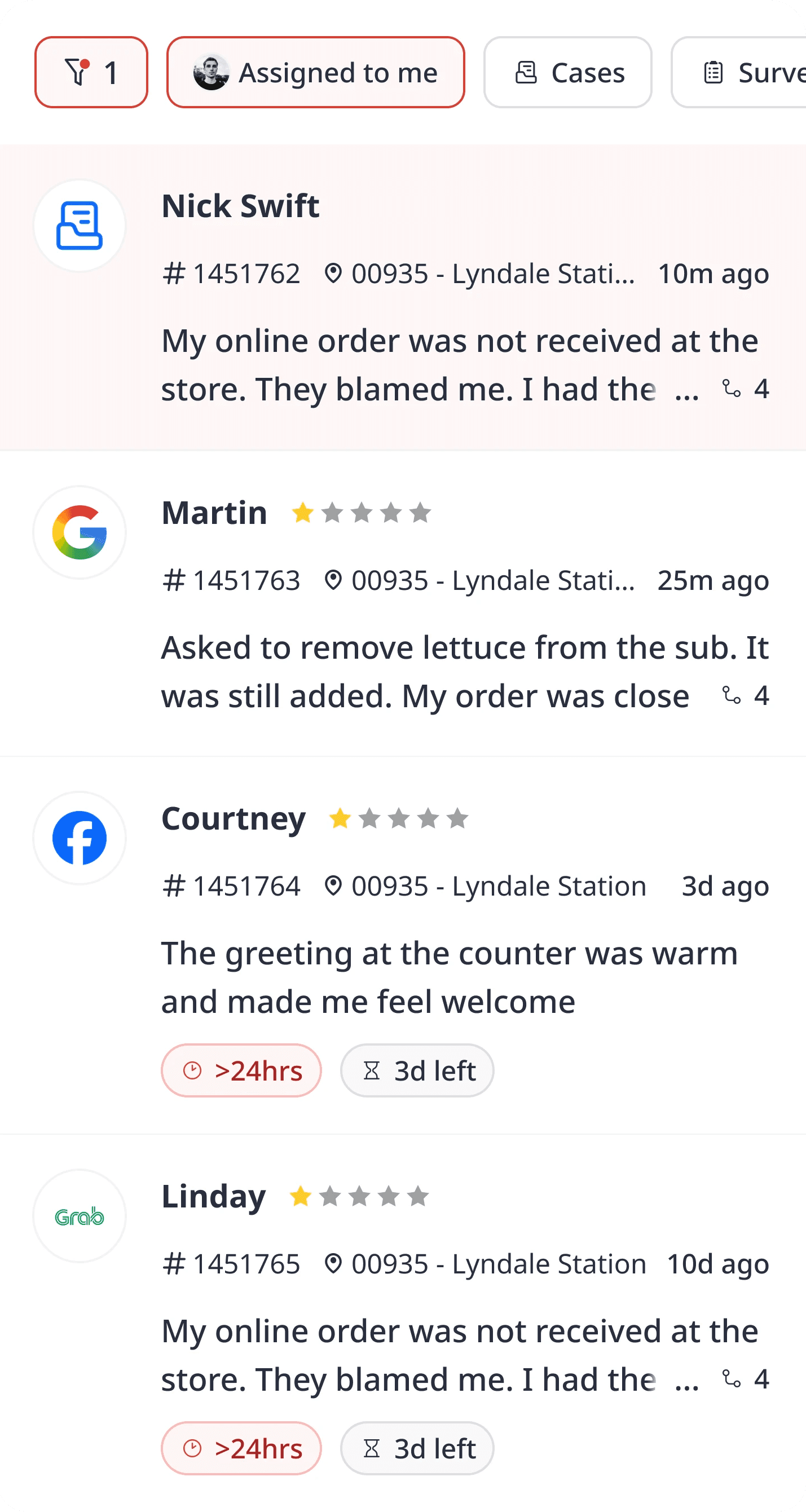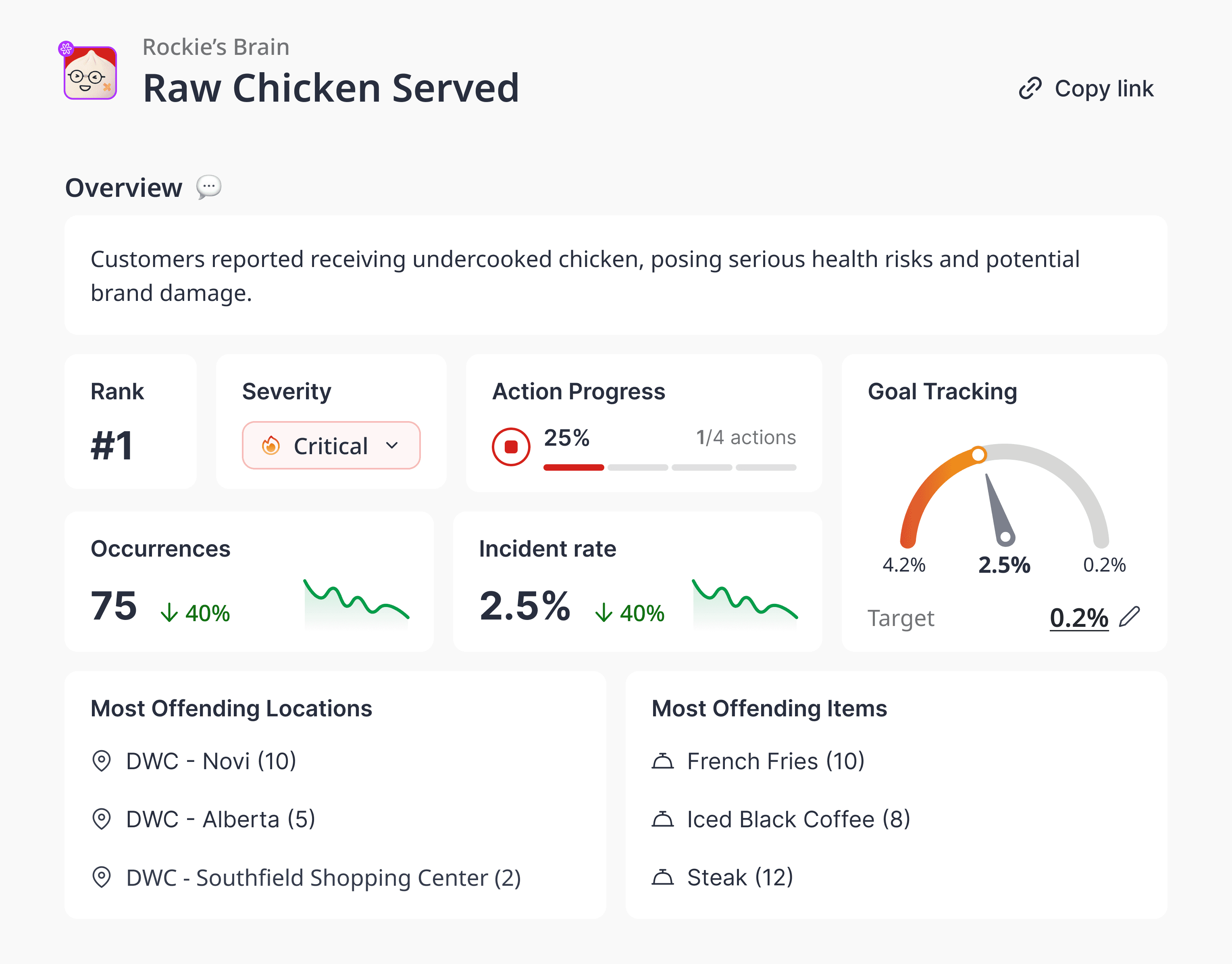
Jun 4, 2025
Amanda Jacob
Menu Engineering: How QSRs Optimize Menus for Profits
Contents
For QSRs, your menu isn’t just a list—it’s a lever.
Every item, every layout decision, every price point directly affects what customers order and how much they spend. Done well, menu engineering turns your menu into a profit-generating machine. Done poorly? It slows down ops, confuses customers, and leaves revenue on the table.
Let’s break down how QSRs use data, psychology, and now AI to build smarter menus—ones that drive better margins, higher conversions, and better customer experiences across locations.
What Is Menu Engineering?
Menu engineering is the process of analyzing and optimizing menu items based on two key factors:
Popularity – How often is the item ordered?
Profitability – How much does it contribute to your bottom line?
From there, every menu item can be categorized into one of four buckets:
Stars – High profit, high popularity (e.g., your signature burger)
Plow Horses – Low profit, high popularity (e.g., fries)
Puzzles – High profit, low popularity (e.g., premium upsells)
Dogs – Low profit, low popularity (e.g., seasonal flops)
The goal? Promote stars, rethink puzzles, streamline dogs, and re-price or reposition plow horses.
Why Menu Optimization Drives Real Revenue
Margins in QSRs are tight. Menu engineering helps brands:
Increase average order value (AOV)
Reduce operational waste
Improve customer decision-making
Align menus to what customers want—and what’s profitable
According to Deloitte, restaurants that use data to engineer menus see a 6–15% increase in profit margins across locations.
How QSRs Optimize Menus at Scale
For a single store, optimization might be manual. But for QSRs with 50, 100, or 500 locations, you need automated, data-driven tools that scale.
Here’s how modern QSRs approach it:
✅ Use POS + feedback data to find patterns
Look at what’s selling, what’s not, and why. Merge this with review sentiment analysis to spot trends (e.g., “salads are always described as ‘bland’”).
✅ Leverage predictive insights
Use AI to forecast what happens if you remove an item, change the price, or reposition something as a bundle.
✅ Test menu layouts digitally first
A/B test your app or delivery menu before rolling out physical changes across stores. See what customers engage with—then update across the board.
Use Case: McDonald’s India
Facing regional taste variations and margin pressure, McDonald’s India used a combination of sales data and customer feedback to re-engineer its menu. Items like the McAloo Tikki and Masala Wedges were promoted in tier-2 cities based on popularity and cost efficiency, while underperforming premium SKUs were removed in low-uptake regions. This approach boosted average transaction value by 7% and reduced kitchen complexity across 300+ locations.
Use Case: National chicken QSR
Another US-based QSR brand used AI to identify low-performing items that slowed kitchen throughput. By streamlining the menu and repositioning top performers, they increased throughput by 18% and saw a 9% lift in profit per ticket.
Psychology Still Matters
Design drives decisions. Menu engineering isn’t just about the food—it’s about how you present it.
Tactics include:
Highlighting high-margin items in visual “hot zones”
Using price anchoring (e.g., placing a $12 item next to a $9 option to make the latter feel like a deal)
Minimizing dollar signs to reduce price sensitivity
Pro tip: What’s shown first and what’s bolded matters. Don’t leave that up to chance—test it.
Don’t Forget the Feedback Loop
Menu success shouldn’t be measured by sales alone.
Track:
Customer satisfaction scores for new items
Review keywords tied to menu changes (“dry,” “expensive,” “value,” etc.)
Order modifiers (what people add to their orders tells you what’s missing)
This is where tools like Momos can help, surfacing data-driven insights across reviews, orders, and feedback—without needing a full-time analyst.
What to Avoid in Menu Engineering
Changing too much at once—small tests = smarter learnings
Ignoring customer feedback in favor of ops goals
Keeping “Dogs” on the menu out of habit or nostalgia
Assuming what works at HQ works everywhere—regional menus need local context
Key Takeaways
Menu engineering is about maximizing profit, not just sales
Use both data and design psychology to optimize customer decisions
AI tools now make it possible to test, measure, and roll out changes across all locations faster than ever
The best menus don’t just sell—they convert, delight, and repeat
Want Smarter Menus Across Every Location?
Momos helps QSRs and multi-location restaurants track menu performance using AI-powered feedback and review analysis. From surfacing what customers really think to helping you test smarter changes, we turn menu data into margin-boosting action.






